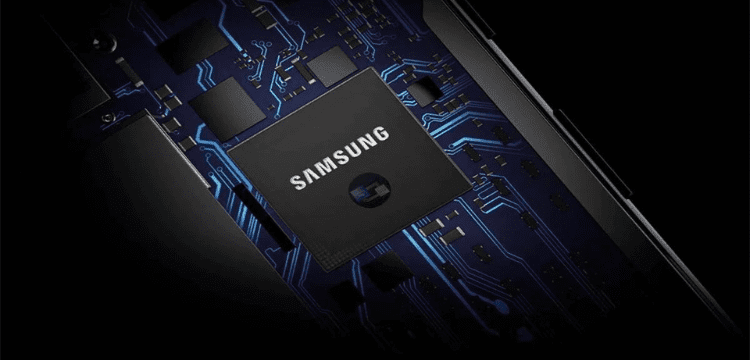[vc_row][vc_column][vc_column_text dp_text_size=”size-4″]Samsung worked with AMD to create the Exynos 2200, which includes the Xclipse 920 GPU. This system-on-a-chip (SoC) provided a critical foundation for Samsung to progress to the next stage, which is the development of a custom GPU.
Custom GPU development is a common practise among companies specialising in smartphone chipsets, such as Apple and Qualcomm.
The Xclipse 920 GPU, which is integrated into the Exynos 2200, was created using AMD’s RDNA2 architecture. The same architecture is expected to be used in the production of a custom GPU, according to Revegnus’ Twitter post, but Samsung will not be creating a standalone GPU and may require assistance from AMD in developing an IP.
Samsung had relied on ARM’s Mali GPU designs for several years prior to the Exynos 2100, but this is likely to change.
While ARM’s GPU designs are admirable, Qualcomm and Apple’s efforts show that Samsung’s performance gap can only be closed by designing a custom GPU specifically for smartphones.
Revegnus has warned that the release of this graphics processor is unlikely to happen for at least three years.

If the rumoured timeline is correct, Samsung may postpone the release of the custom GPU if it fails to meet the company’s expectations. To be sure, the Korean tech behemoth has yet to release its own smartphone chipsets, but with the right expertise, this goal is achievable.
Furthermore, in terms of ray tracing performance, the Exynos 2200’s Xclipse 920 outperformed Qualcomm’s most recent Snapdragon 8 Gen 2 processor. This implies that Samsung has the potential to compete in this space.[/vc_column_text][/vc_column][/vc_row]











